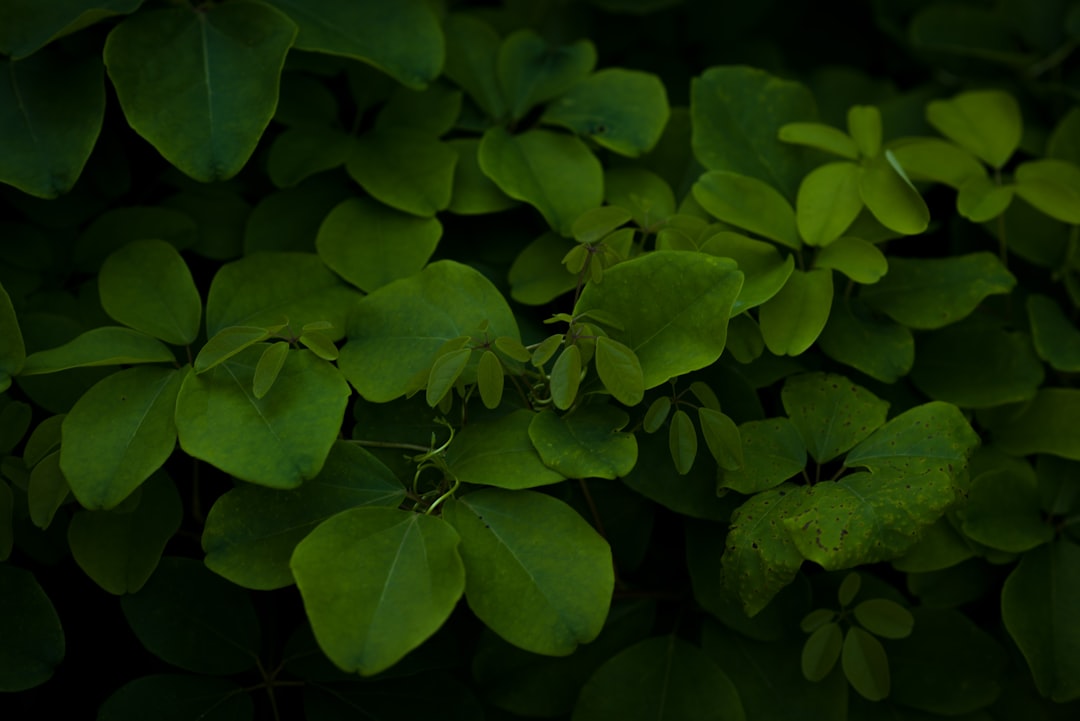The Secret Art of Air-Layering Your Indoor Green Friends

Houseplants have become an integral part of our indoor spaces, adding a touch of nature and beauty to our homes. Among the various techniques to propagate and care for these green companions, air-layering stands out as a fascinating and effective method. In this article, we will delve into the world of air-layering houseplants, exploring what it is, why it's beneficial, and how you can do it successfully.
Air-layering is a propagation technique that encourages roots to form on a stem while it is still attached to the parent plant. This method is particularly useful for tropical indoor plants and woody - stemmed houseplants. Unlike other propagation methods such as taking cuttings, air - layering allows the new plant to receive nutrients and water from the parent plant until it has developed a sufficient root system of its own.
One of the main advantages of air - layering is that it can be used on plants that are difficult to root from cuttings. Some tropical plants have a low success rate when propagated by traditional cutting methods, but air - layering increases the chances of successful propagation. Additionally, air - layered plants tend to grow more vigorously once they are separated from the parent plant because they have a well - established root system right from the start.
Now, let's talk about the best time to air - layer your houseplants. Generally, the best time to perform air - layering is during the spring or early summer when the plant is in its active growth phase. During this time, the plant has a higher level of hormones that promote root growth, and there is also an abundance of nutrients available. The warmer temperatures and longer days also create a more favorable environment for root development.
To air - layer a houseplant, you will need a few tools and materials. You will need a sharp, clean knife or pruning shears, sphagnum moss, plastic wrap, and some twist ties or tape. First, select a healthy stem on the plant. The stem should be at least pencil - thick and free from any diseases or pests. Make a small, upward - angled cut about one - third to one - half through the stem. The cut should be about 1 - 2 inches long.
Next, insert a small piece of wood or a toothpick into the cut to keep it open. This will prevent the cut from healing too quickly and allow the roots to form. Then, moisten the sphagnum moss until it is damp but not dripping wet. Wrap the moist sphagnum moss around the cut area of the stem, covering it completely. Make sure the moss is in direct contact with the cut surface.
After that, wrap the plastic wrap around the moss. Secure the plastic wrap tightly at both ends with twist ties or tape. The plastic wrap will help to retain moisture and create a humid environment for root growth. Check the moss regularly to make sure it stays moist. You can mist it with water if necessary.
Over the next few weeks, roots will start to form inside the moss. You can check for root development by gently peeling back a small corner of the plastic wrap. Once the roots are well - developed, usually after 4 - 8 weeks, you can cut the stem below the root ball. Carefully remove the plastic wrap and moss from the new plant. Plant the new plant in a pot filled with a well - draining potting mix.
When caring for your newly air - layered plant, it is important to keep it in a warm, humid environment. You can place a plastic bag over the plant to increase humidity, but make sure to remove it for a few hours each day to prevent mold growth. Water the plant regularly, but be careful not to over - water. As the plant grows, you can gradually acclimate it to normal indoor conditions.
In conclusion, air - layering is a valuable technique for propagating tropical indoor plants and woody - stemmed houseplants. By following the right steps and choosing the best time to perform the procedure, you can successfully create new plants from your existing ones. With a little patience and care, you can expand your houseplant collection and enjoy the beauty of these green wonders in your home.